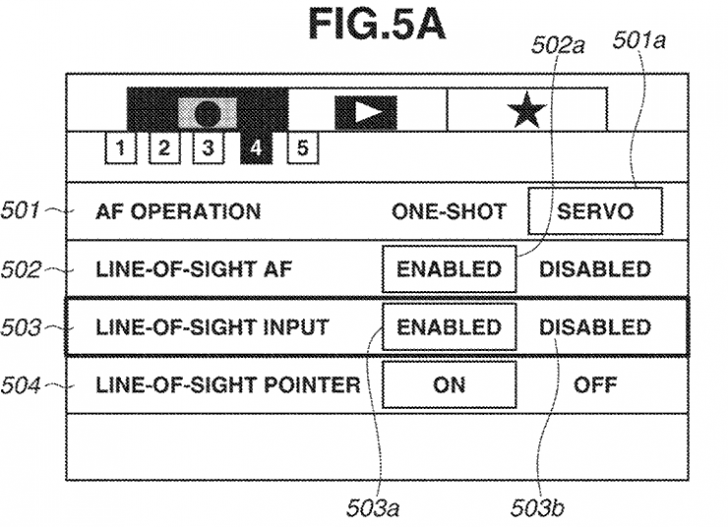The Canon EOS R3 will come with eye-controlled autofocus, made most famous by the film camera, the EOS 3. There have likely been a few advancements in technology over the last few decades, but there are some similarities in how the system will be calibrated.
The USPTO patent US 2021/0124239
The first patent shows the menu system that will likely be similar to what we see in the Canon EOS R3. It looks like there will be a lot of customization options to improve the experience.
The USPTO patent US 2021/0125375
The second patent shows off how Canon plans to set up calibration for eye-AF on the Canon EOS R3. This calibration is similar to the way the Canon EOS-3 worked, you will follow a moving target around the viewfinder. Canon has likely worked out a lot...
Continue reading...
Last edited:
